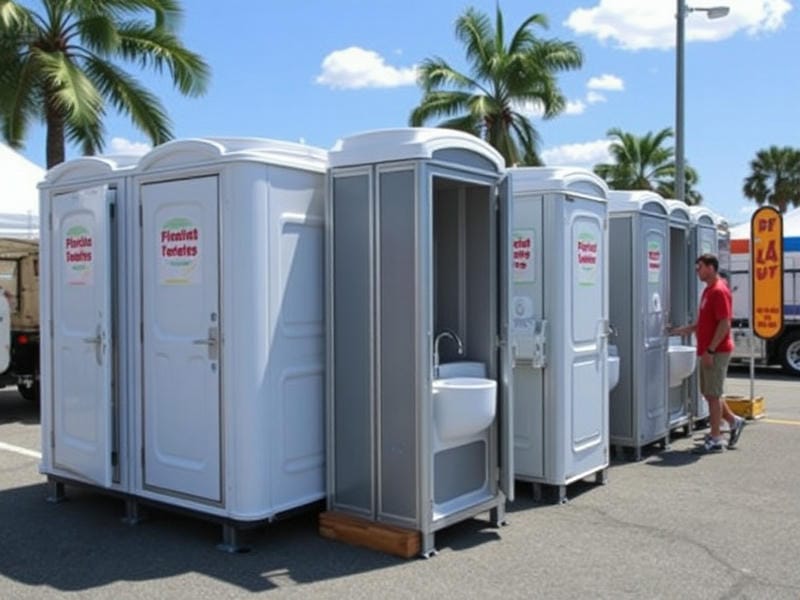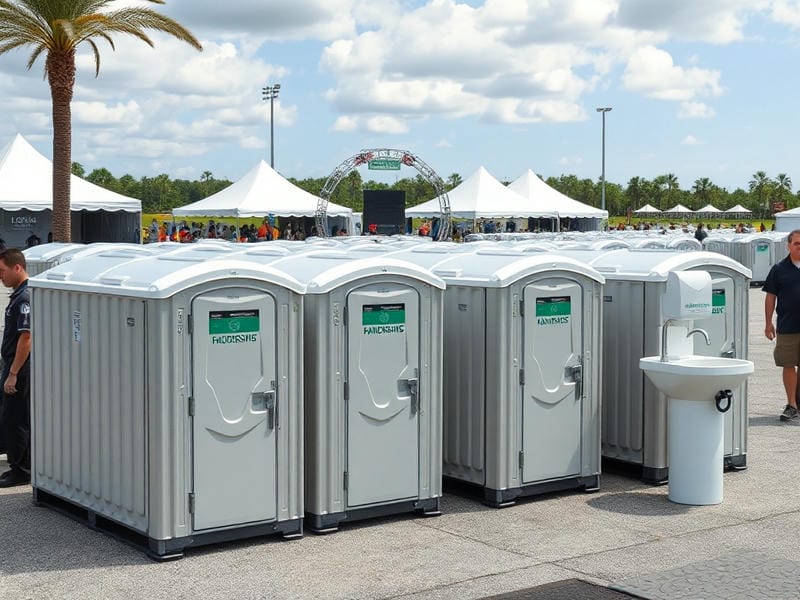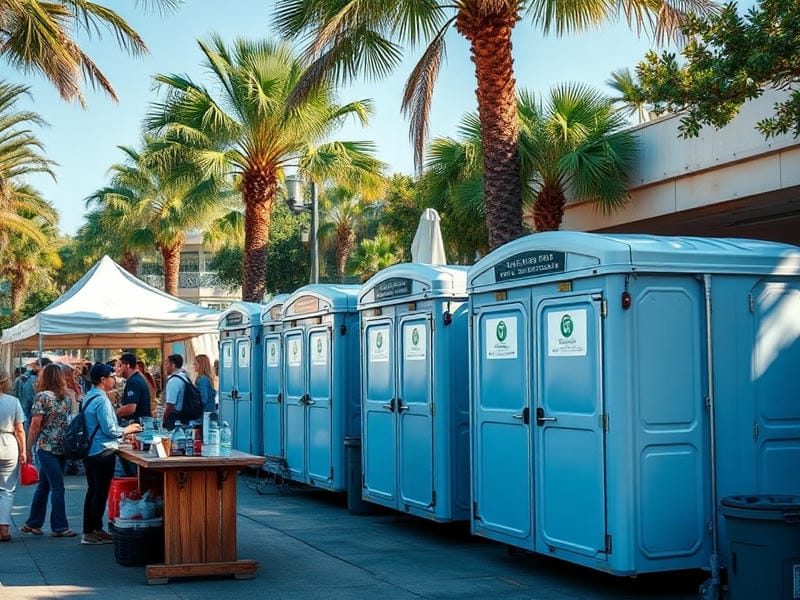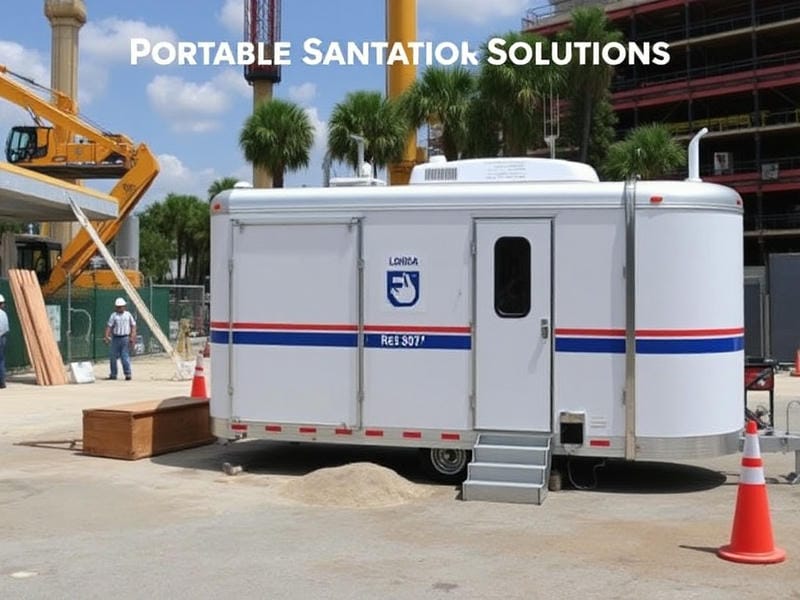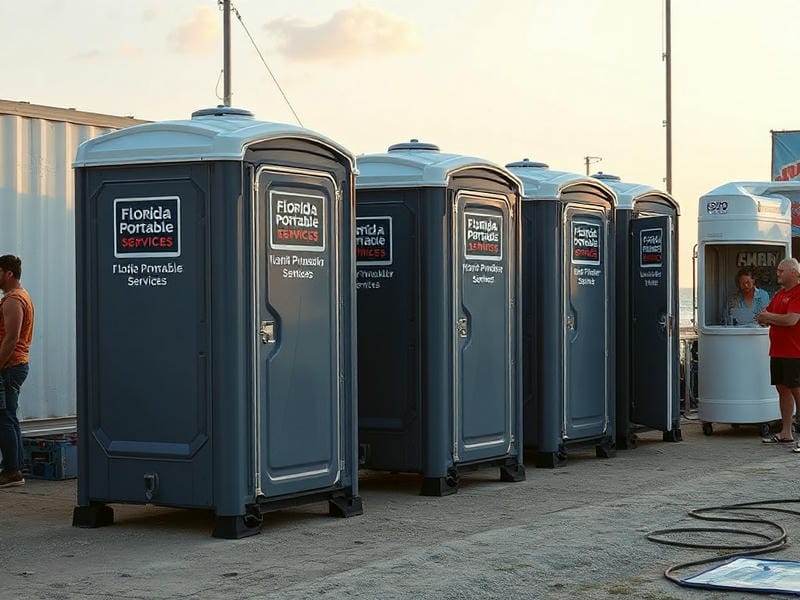
Key Features of ADA-Compliant Portable Restrooms
Ensuring Accessibility in Portable Restroom Rentals
Ensuring accessibility in portable restroom rentals is a critical aspect of fostering inclusivity and compliance with legal requirements. As society continues to progress toward greater awareness and inclusiveness, it's essential for businesses to understand and abide by accessibility standards that ensure all individuals, including those with disabilities, have equal access to facilities.
Portable restrooms are often a necessity at outdoor events, construction sites, parks, and other venues where permanent facilities are unavailable. However, their temporary nature does not exempt them from the responsibility of being accessible. Portable sanitation services are essential for outdoor events and festivals. luxury porta potty rental Gainesville paper-towel dispenser. The Americans with Disabilities Act (ADA) sets forth specific guidelines that must be adhered to in order to accommodate individuals with disabilities adequately.
One key requirement is the provision of ADA-compliant portable restrooms. These units are designed with larger dimensions to allow wheelchair users easy access and maneuverability inside the unit. They also feature grab bars for stability and support, non-slip flooring, and appropriate door handles that can be operated with a closed fist or similar grasping method.
Beyond federal regulations like the ADA, businesses must also consider state and local laws which may impose additional requirements or more stringent standards for accessibility. Compliance with these regulations not only protects against potential legal repercussions but also demonstrates a commitment to social responsibility.
In addition to meeting legal obligations, ensuring accessibility in portable restroom rentals offers numerous benefits. It enhances customer satisfaction by creating an inclusive environment where everyone feels welcome. Event organizers who prioritize accessibility can attract a broader audience, including individuals with disabilities as well as families with young children who might need stroller-friendly facilities.
To effectively navigate the complexities of legal requirements and compliance standards for accessibility in portable restroom rentals, it is advisable for businesses to work closely with knowledgeable professionals in this field. Consulting experts who specialize in ADA compliance or collaborating directly with manufacturers experienced in producing accessible units can provide valuable insights and solutions tailored to specific needs.
Moreover, ongoing education about evolving laws and best practices is crucial for maintaining compliance over time. Regularly reviewing guidelines from authoritative sources such as the U.S. Access Board or relevant industry associations ensures that businesses remain up-to-date on current standards.
In conclusion, understanding legal requirements and compliance standards for accessibility in portable restroom rentals is essential for creating equitable access to necessary facilities. By prioritizing inclusivity through adherence to established guidelines like those set forth by the ADA-and staying informed about any updates-businesses not only fulfill their ethical responsibilities but also enhance their reputation among diverse audiences while avoiding potential legal pitfalls. Ensuring accessible portable restrooms ultimately contributes positively towards building more inclusive communities where everyone can participate fully without barriers or limitations based on physical ability or mobility challenges.
